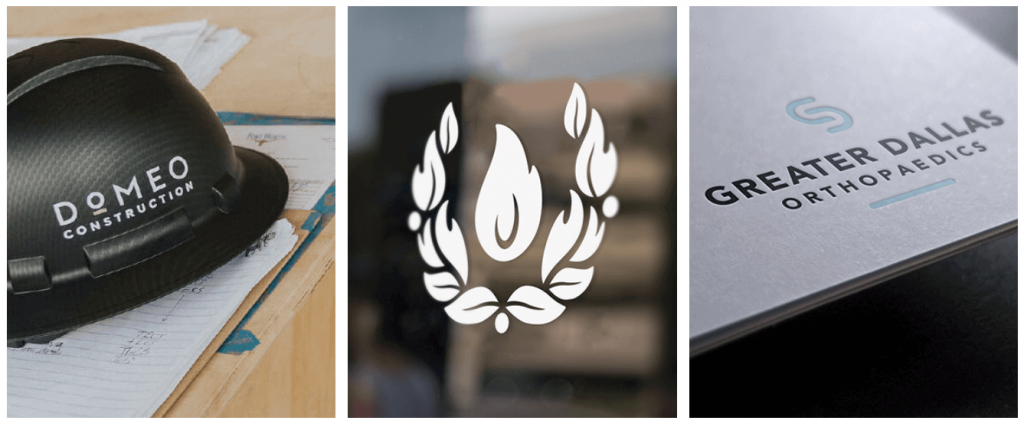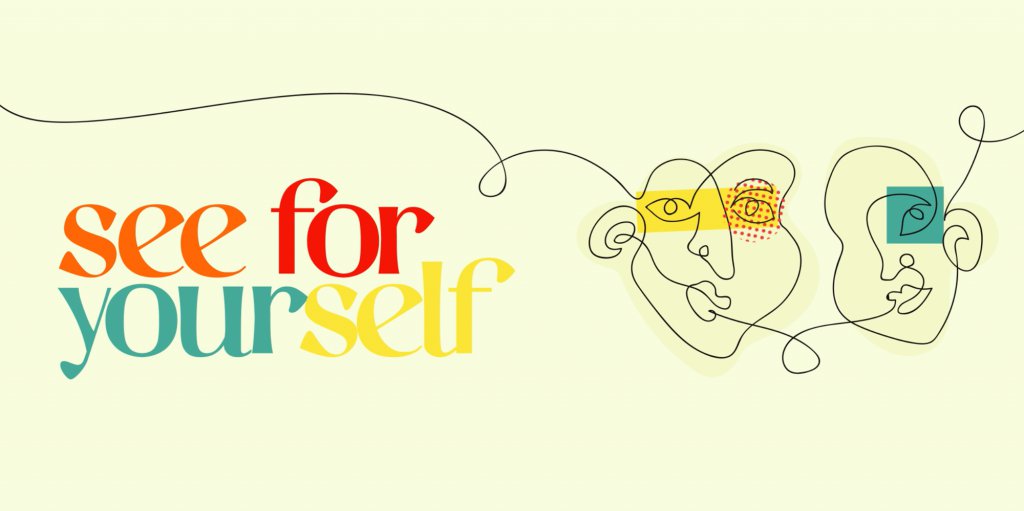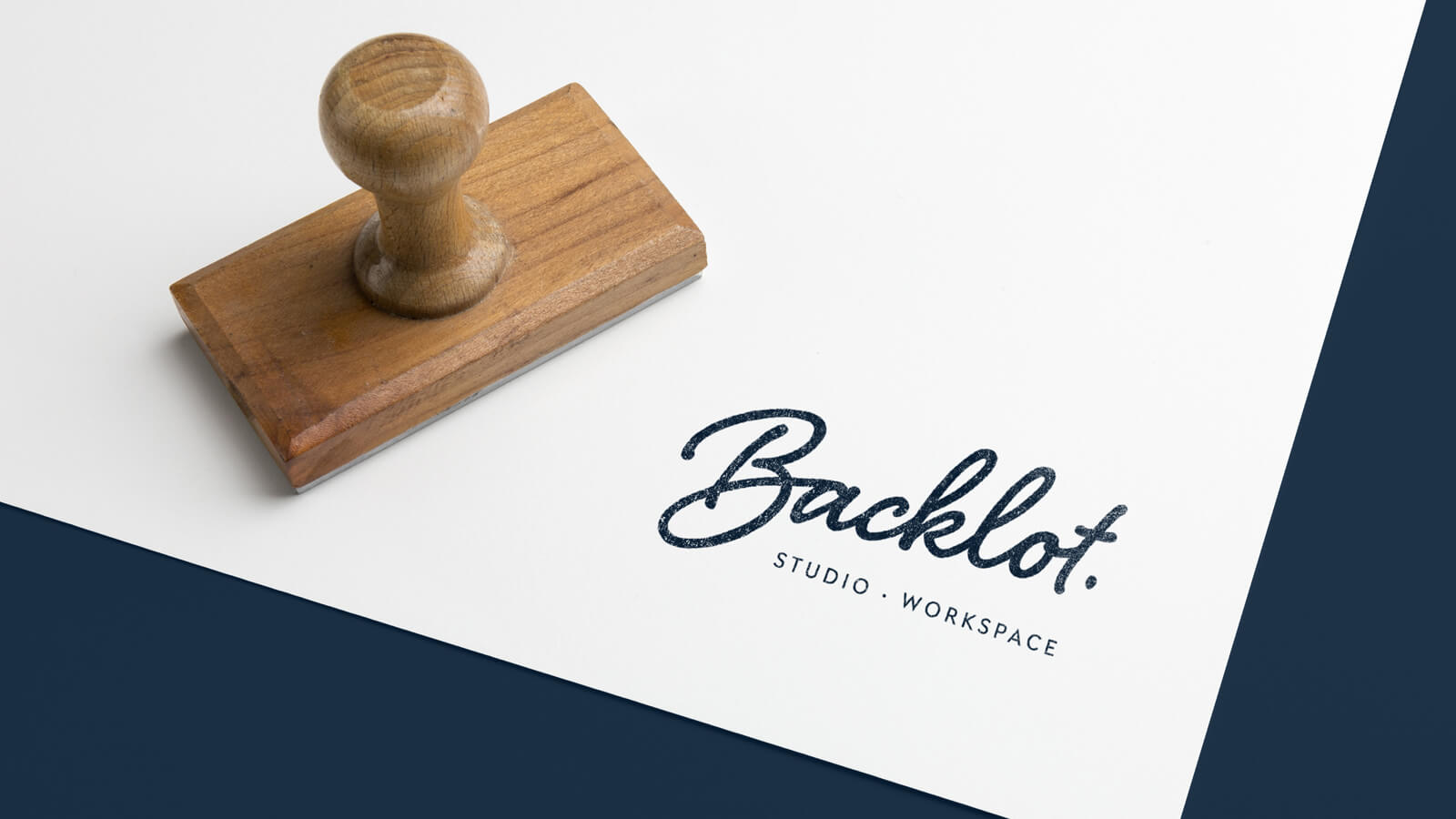What Is Branding?
Now that we’ve established what we mean by Branding, we can discuss it more specifically. When most people think of the branding service offering or hiring an agency to fulfill brand identity establishment, what they have in their head is largely visual. They think of logos and typefaces. However, this is just a portion of the total picture.
At General Public, we separate Branding into two halves – Visual Identity and Messaging Identity. Visual Identity is the more celebrated of the two siblings, but in our opinion, Messaging Identity is often even more important. We’ll explain why later.
Visual Identity Explained
The portion of Brand Identity that falls on the visual side of the spectrum is overt, in your face, and easy to understand (but not easy to get right).
This includes assets like:
- Logos/Icons
- Typefaces
- Color Palettes
- Packaging
- Patterns
- And an Infinite Amount of Other Assets

Messaging Identity Explained
The unsung hero of branding is the Messaging Identity. This is the way a brand clearly communicates with its audience, which is where promises are articulated and differentiators are established.
Assets here include:
- Naming
- Tone/Verbiage Establishment
- Archetype Identification
- And an Infinite Amount of Other Assets
What does each Identity Bring to the Table?
The two halves of the Brand Identity equation MUST work together for a brand to be successful. A great looking brand with nothing to say is just window dressing. A brand with a compelling offer that can’t grab attention visually will be ignored.
Visual Identity provides a tangible, engaging introduction to the brand. It’s eye-catching, attention-grabbing, and is almost always a potential customer’s first touchpoint with a new brand. They HAVE to be captivated visually first to care about what a brand has to say. In advertising, books are judged by their covers. But, just like literature, you only become a best seller if the text has something to say.
Messaging Identity isn’t as flashy as visual Identity, but it is the avenue where the most important advertising of all takes place – conversation. From creating brand tone guidelines to actually writing out verbiage, the way a brand speaks to its audience is critical to its perception and its close rate. The look of a brand can get you in the door, but what you have to say will always be what closes the sale.
What is the Relationship Between Visual and Messaging Identity?
In our opinion, the answer to this question is true, with no exceptions. The Visual Identity MUST follow the Messaging Identity. A brand has to know who it is, how it will speak, and what its tone is before it can decide what it looks like. Many unsuccessful, inconsistent brands started by creating a Visual Identity that looks great before realizing it was out of sync with the message they needed to deliver. Or worse, they decided that their tone needed to match the visual decisions that were made, resulting in a brand completely out of touch with the company’s culture and offering.
Instead, brands should spend time getting to the heart of who they are and explaining it in terms of written or spoken messaging. CEOs, entrepreneurs, and small business owners don’t need to know what their logo should be, but they should know what makes them different and what they’re promising potential customers. With these inherent truths established, a Visual Identity can follow.

What does Branding look like at General Public?
We follow a set process that takes our clients through Messaging Identity and Visual Identity simultaneously, with Messaging being center-stage early on. This process looks like this:
- Storyboarding & Brand Discovery Exercise
- Brand Positioning & Archetype Establishment
- Name & Tagline Development
- Logo & Typeface Development Alongside Tone & Verbiage Establishment
- Color Palette Selection
- Secondary Element Development
- Brand Standards Guide Development
